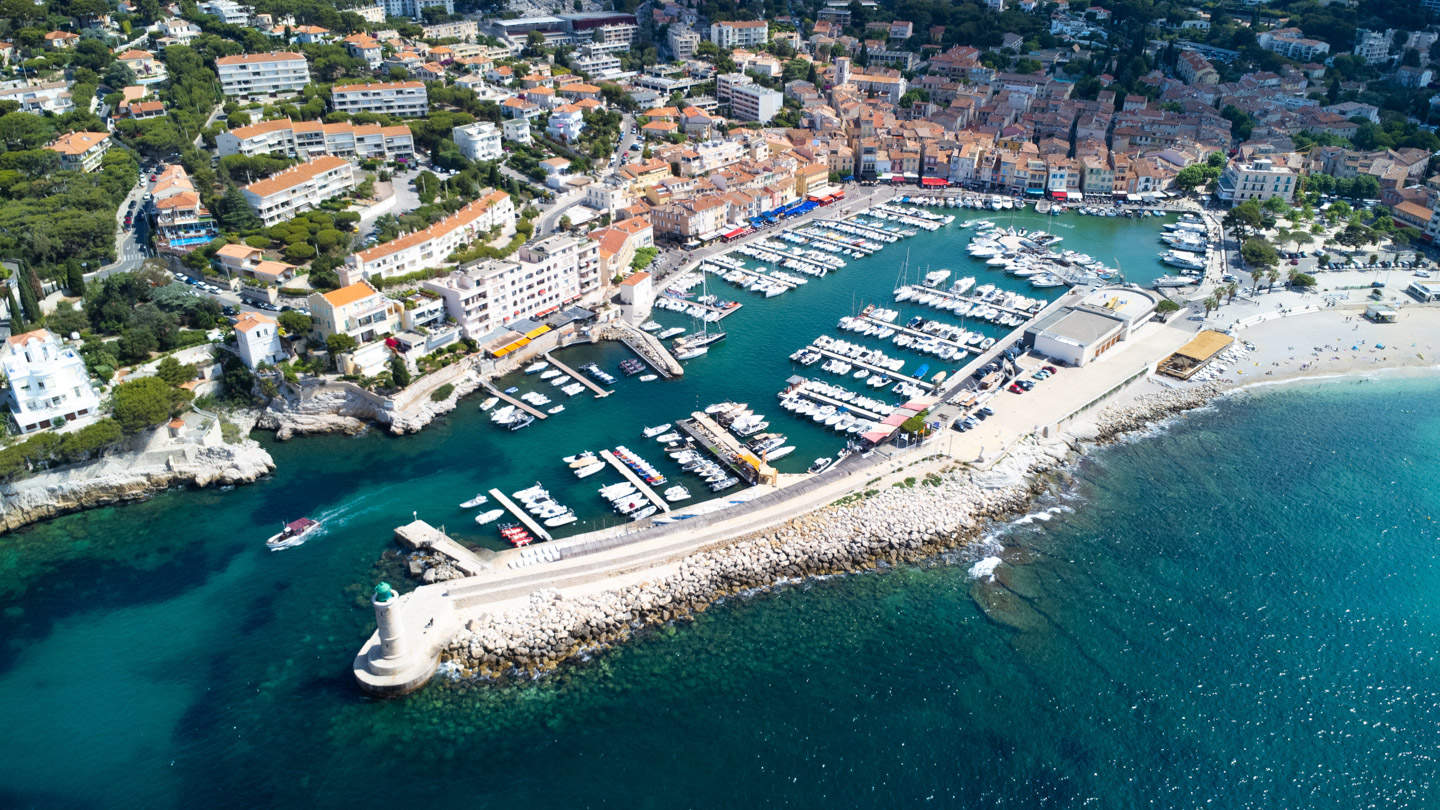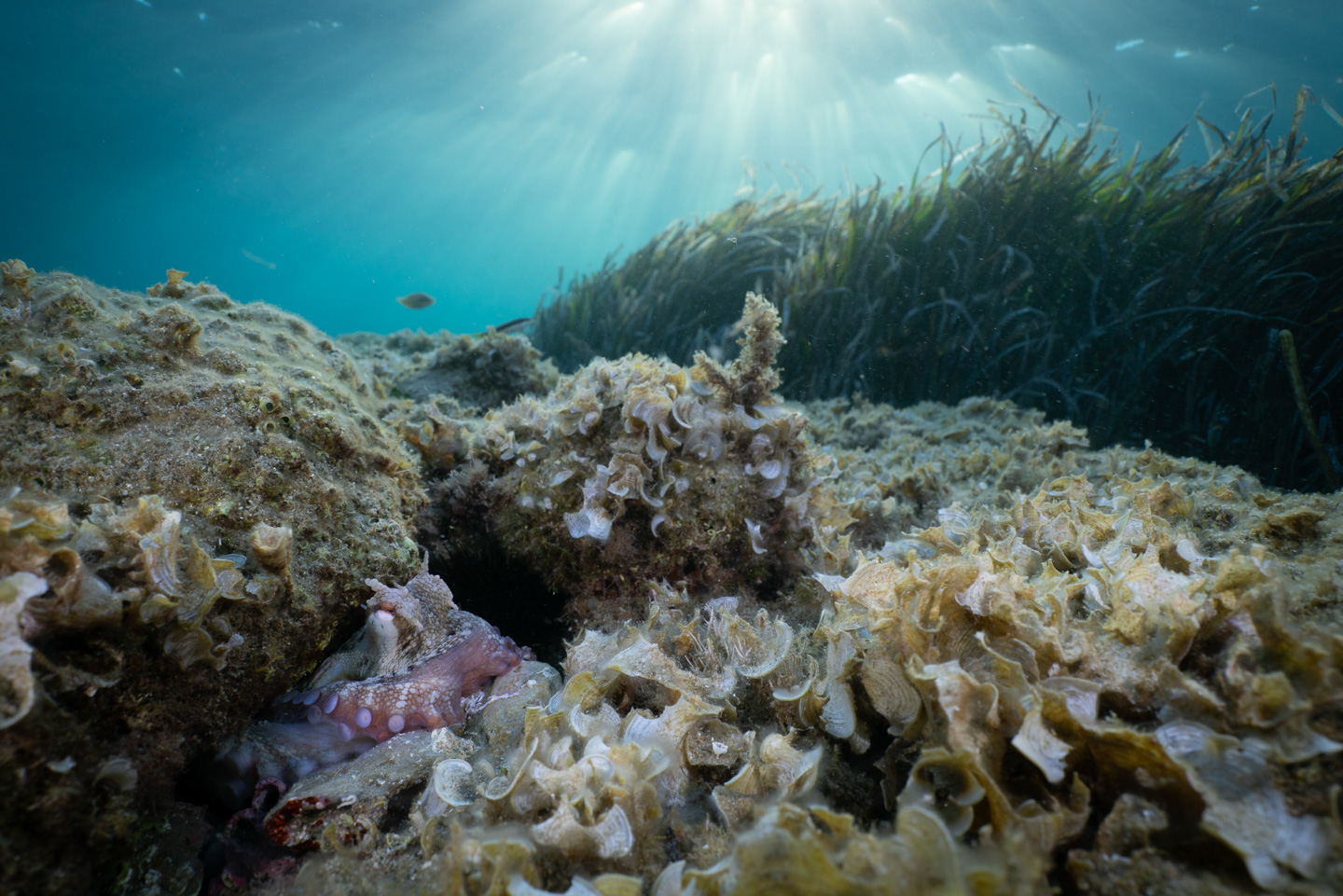What are MPAs?
Marine protected areas (MPAs) are areas of marine boundaries that prioritize nature conservation through protecting sites via regulation, monitoring, and conservation efforts. In recent years, the global count of these MPAs has increased as a result of enhanced awareness regarding our need to protect our oceans and its resources. This has become apparent in the implementation of international objectives and aspirations established by events like the World Summit on Sustainable Development (WSSD) and international agreements such as the United Nations Convention on Biological Diversity (CBD) (Santo, 2013).
By establishing and managing MPAs, we can foster the health and resilience of marine ecosystems, all while delivering numerous advantages to society. These advantages encompass a range of ecosystem services, including but not limited to promoting and sustaining the fisheries, preserving and enhancing the intrinsic and recreational value of specific areas, and safeguarding coastal regions through marine structures and geomorphological features. The safeguarding of habitats and biodiversity further increases the benefits and safeguards that society gains from the ecosystem services these areas offer (Grorud-Colver et al., 2021). However, the extent of these benefits derived from MPA implementation hinges on the thoroughness of regulation and monitoring within the designated region. To achieve the optimal outcome, it’s imperative to employ effective management practices that enable us to realize the greatest possible rewards.
Developing the boundaries of an MPA
One of the most important steps for creating an MPA is dependent on developing the boundaries. This involves decisions about the MPA’s size, encompassed habitats, and the human activities it will impact. This is immensely important when taking into account the ecosystem services that the MPA will be supporting because this can further impact the potential monetization of such. On a global scale, the MPA landscape is increasingly leaning towards the notion that larger MPAs are more advantageous. However, this inclination can lead to challenges or even a shortage of management efforts required to effectively enforce regulations and safeguards, with associated increased costs (Wilhelm et al., 2014). These challenges can be particularly pronounced in the context of no-take MPAs as opposed to multiple-use MPAs (Santo, 2013), primarily due to the complexities of surveillance and enforcement.
Nonetheless, larger MPAs represent an ecological advantage because they can encompass a larger coverage and diversity of habitats which can help increase the chance of attaining global protection goals (Wilhelm et al., 2014). Their larger scope can contribute to increased fish populations and offer enhanced protection for critical nursery habitats (Roberts et al., 2001). Additionally, they are associated with a more pronounced « spillover » effect, extending beyond the MPA’s confines. Furthermore, they can also exhibit greater resilience to stresses, particularly those stemming from factors like climate change (Santo, 2013).
Why is this important?
The size of an MPA is a valuable decision, not only for the preservation of marine ecosystems but also for the presence of valuable ecosystem services. These services, ranging from biodiversity conservation to climate regulation, provide tangible benefits to both nature and human communities. There is a balance between finding a suitable boundary and size, while also maintaining a corresponding, sustainable set of management activities and regulations. A larger MPA has the potential to encompass a greater diversity of habitats, thus enhancing the scope and variety of ecosystem services it can offer. Although, this could present higher costs in the long run. A smaller MPA will be cheaper and easier to regulate, although the present ecosystems may not be large or mature enough to present some type of value.
These decisions set the stage for the creation of financial mechanisms aimed at monetizing these ecosystem services. EverSea stands as the bridge that can connect these dots, offering a unique platform to harness and capitalize on these ecosystem services. By facilitating the connection between the environmental benefits of MPAs and the potential for financial gains, EverSea plays a vital role in fostering sustainable marine conservation while opening doors to new avenues of economic growth.
Sources
De Santo, E. M. (2013). Missing marine protected area (MPA) targets: how the push for quantity over quality undermines sustainability and social justice. Journal of environmental management, 124, 137-146.
Roberts, C. M., Halpern, B., Palumbi, S. R., & Warner, R. R. (2001). Designing marine reserve networks. Conservation Biology in Practice, 2(3), 11-17.
Wilhelm, T. A., Sheppard, C. R., Sheppard, A. L., Gaymer, C. F., Parks, J., Wagner, D., & Lewis, N. A. (2014). Large marine protected areas–advantages and challenges of going big. Aquatic Conservation: Marine and Freshwater Ecosystems, 24(S2), 24-30.





